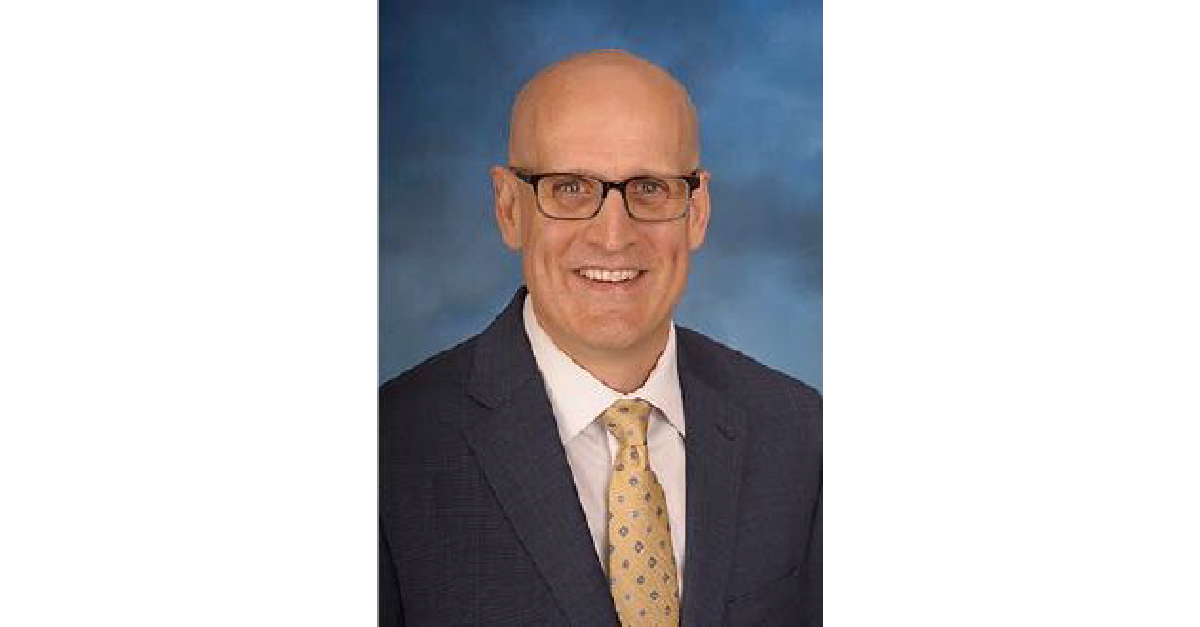If predictive modeling is the ship that insurers are riding into the future, it has been a bit hard for reinsurers to find a way on board. Predictive models depend on gobs of uniformly arranged data — billions of data points across hundreds, perhaps thousands of variables. Meanwhile, reinsurance deals are bespoke and are analyzed more remotely from the origins of the data.
For the most part, reinsurance actuaries set prices based on aggregated data (catastrophe modeling is an exception). Underwriters and claims analysts monitor their counterparts at the ceding company. An auto insurer, for example, gathers information on millions of potential customers and settles hundreds of thousands of claims, all of which can feed a predictive model. Its reinsurer has a single client.
Still, reinsurers need to understand predictive models, and the models do have the potential to reshape reinsurance. A pair of actuaries shared their insights into how to proceed at a session titled “What Reinsurers Need to Know about Predictive Modeling” at the CAS Reinsurance Seminar and the Casualty Actuaries in Reinsurance meeting in Washington, D.C., in June.
Thomas Hettinger, ACAS, (then a managing director at Arch Reinsurance, now with Guy Carpenter & Co. LLC) provided ideas about how to evaluate the predictive models that ceding companies use, presuming that the best modeling companies will cede the best results or will have the highest probability of meeting operating targets.
He spoke of two ways reinsurers need to address models. One is external use: A reinsurer needs to understand the ceding companies’ models to properly underwrite. The second is internal use: A reinsurer needs to aggregate submission data to understand trends.
“Everybody is going to tell you they use predictive analytics,” Hettinger said. But reinsurers “have to understand where a company is in their journey.” In some cases it’s a brand new process [for a company]. In others, they’ve been in the trenches for years.”
However, there are insurers who have achieved excellent results without using predictive analytics. Though a model might not appear to bring much extra value, Hettinger noted, these organizations could be subject to attack when competitors adopt predictive analytics.
Addressing Models: External Use
How should a reinsurer evaluate a cedent’s predictive modeling shop? Hettinger suggested developing a benchmark that measures a company’s capabilities. It should consider how much experience the modeling team has, how long the company has been using a model, how successful the model has been, and what lessons the company has learned in its endeavors.
And how much credit should you give companies adopting a model? Hettinger cautioned against overcrediting too soon. Results don’t shift higher instantly; they move gradually. He suggested comparing results to their peers, both those that model and those that do not.
Another element to consider is what line of business the company writes. A fast-reporting, high-frequency line may show results more quickly than a low-frequency, high-severity line.
The reinsurer (and the ceding company) should also understand that agents and consumers will find the weak spots that exist in every model. The cedent should have a way to test the model, to try to break it before the marketplace does.
It should also have an enterprise risk management process that monitors whether the model is weakening. Hettinger suggested that the ERM process should monitor distribution of exposures, bind-to-quote ratios and claim frequency.
If the model is being changed, Hettinger said, reinsurers should learn how the changes will affect their treaties. A model change might reduce small claims but not large ones. This would benefit a quota share reinsurer but might not affect results on an excess of loss treaty.
Addressing Models: Internal Use
Reinsurers should also look for ways to model internally, Hettinger said. The business is usually high level, but aggregating submission information could help a reinsurer understand how business shifts over time.
In a separate presentation, Bret Shroyer, FCAS, a vice president at Valen Technologies, suggested that reinsurers should create a single score for potential cedents. The score would measure the risk’s quality, its volatility and its pricing, and would include a factor to account for how well the cedent aligns with the reinsurer’s current portfolio. Shroyer remarked that the score can help with the triage of submissions that happens during the January and July renewal seasons.
Any model will need buy-in from underwriters, so simplicity would be key. “The easiest way to fail is to do something way too complex, or something that won’t be accepted by underwriters, or something that forces your underwriter’s hand,” he said.
But, according to Shroyer, a model is worth the effort. “The combination of underwriting and a model will beat either the underwriter or the model every time.”












